Mies van der Rohe
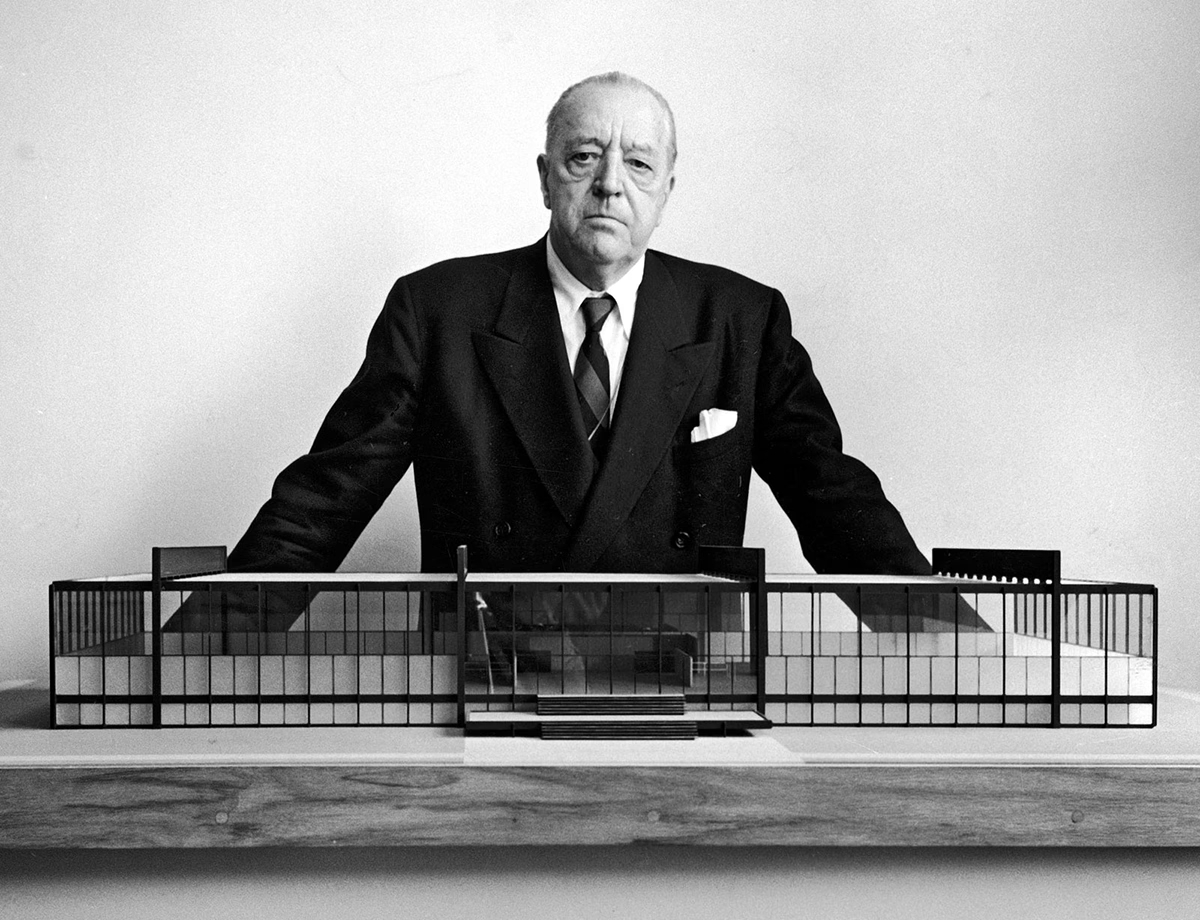
Ludwig Mies van der Rohe was born in 1886 in Germany. During the first part of his career, he ran his own practice in Berlin, and later on became the director of the Bauhaus School of Architecture.
Mies is considered one of the fathers of modern architecture. His work played an instrumental role in defining the aesthetics of the International Style, emphasizing simplicity, clean lines, and the use of modern materials like steel and glass. His famous statement, "less is more" sums up his design philosophy, which advocated for the elimination of unnecessary ornamentation and a return to the fundamental principles of architecture.
After the Bauhaus was shut down by the Natzi regime, he emigrated to Chicago. There he became the director of the IIT School of Architecture, as well as ran his own architectural firm. During his years in Chicago he continued to explore and promote the principles of the International Style, and had a huge impact on the development of modern skyscrapers.
His legacy can not only be found spread throughout Europe and the US in the shape of iconic buildings such as the German Pavilion, the Tugendhat House, the Crown Hall or the Seagram Building, but also in the architecture curriculum he developed at the IIT which greatly influenced many generations of architects, even to this day.
Some buildigns by Mies van der Rohe
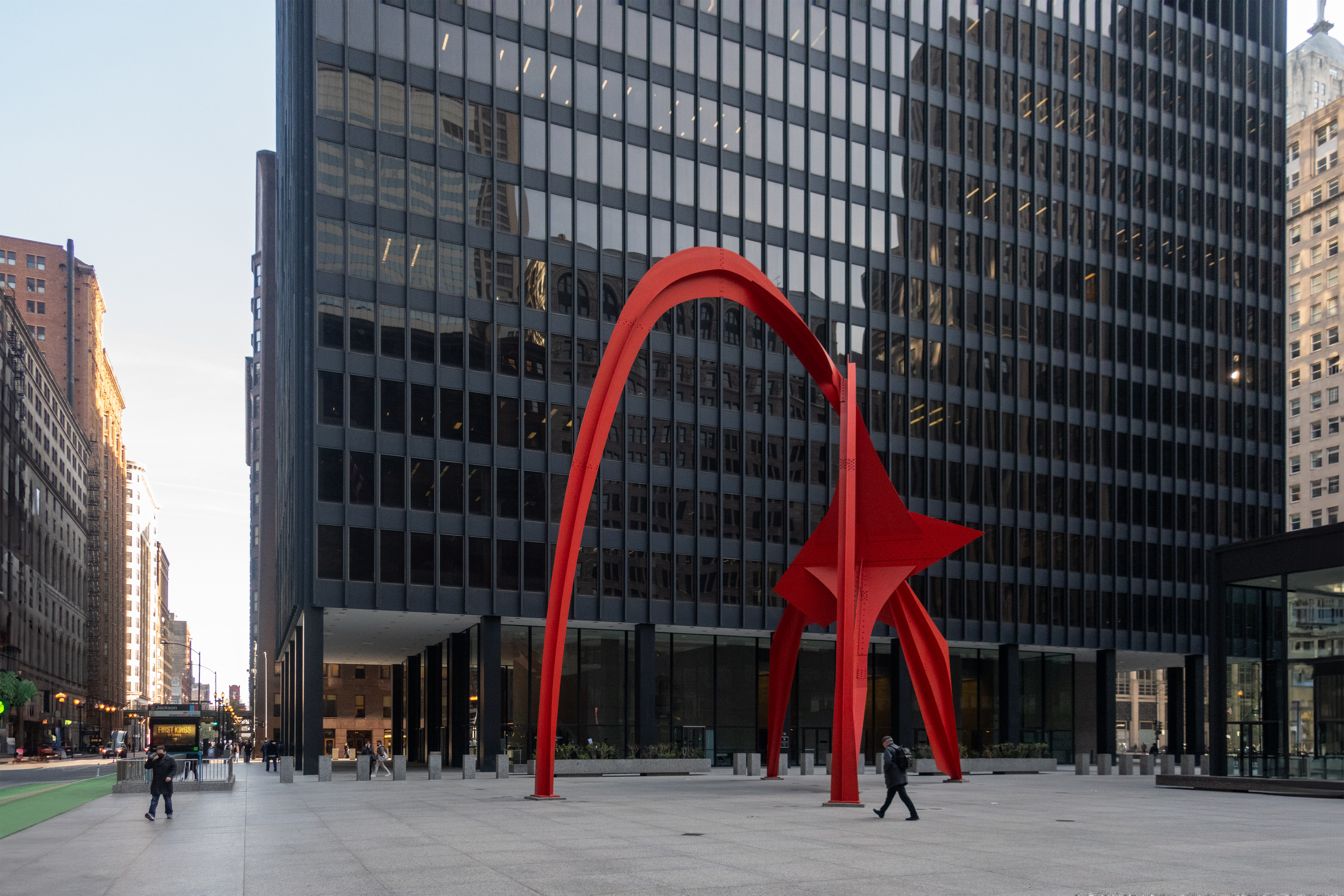
Kluczynski Federal Building
-
1975
-
Skyscraper
-
Governmental
-
International-style
-
Chicago
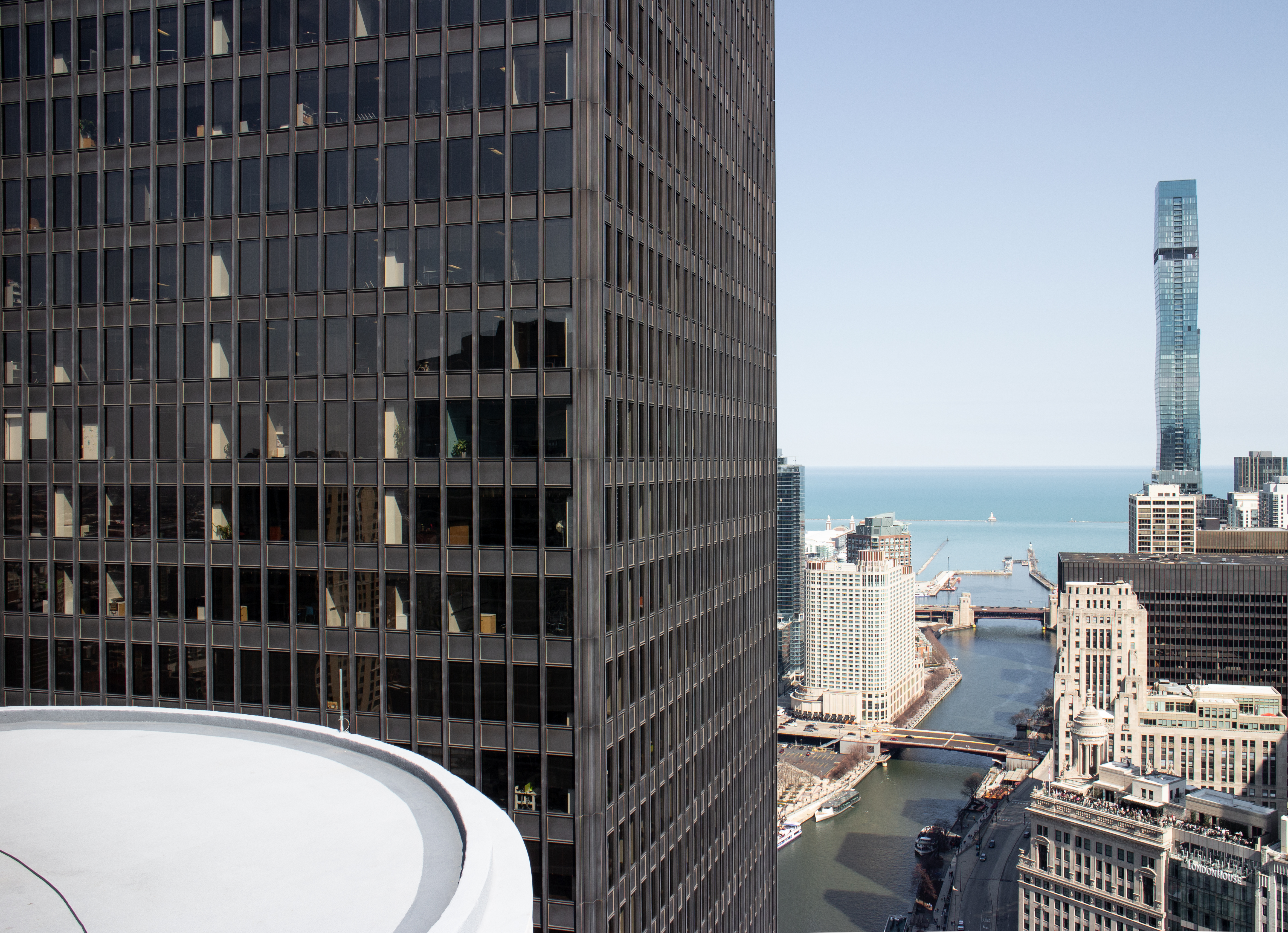
330 N. Wabash Avenue Building
-
1972
-
Skyscraper
-
Commercial
-
International-style
-
Chicago
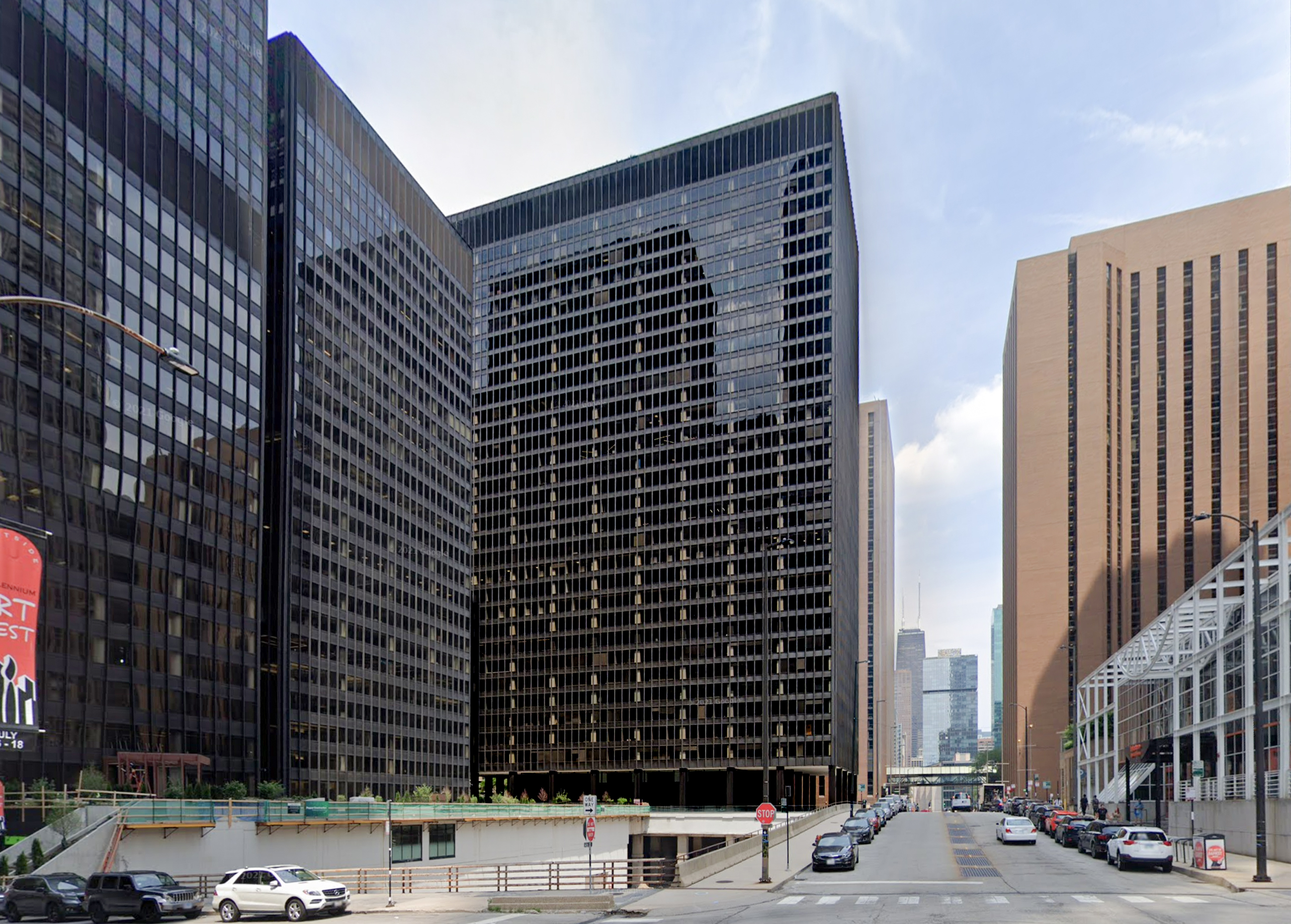
Two Illinois Center
-
1972
-
Skyscraper
-
Commercial
-
International-style
-
Chicago
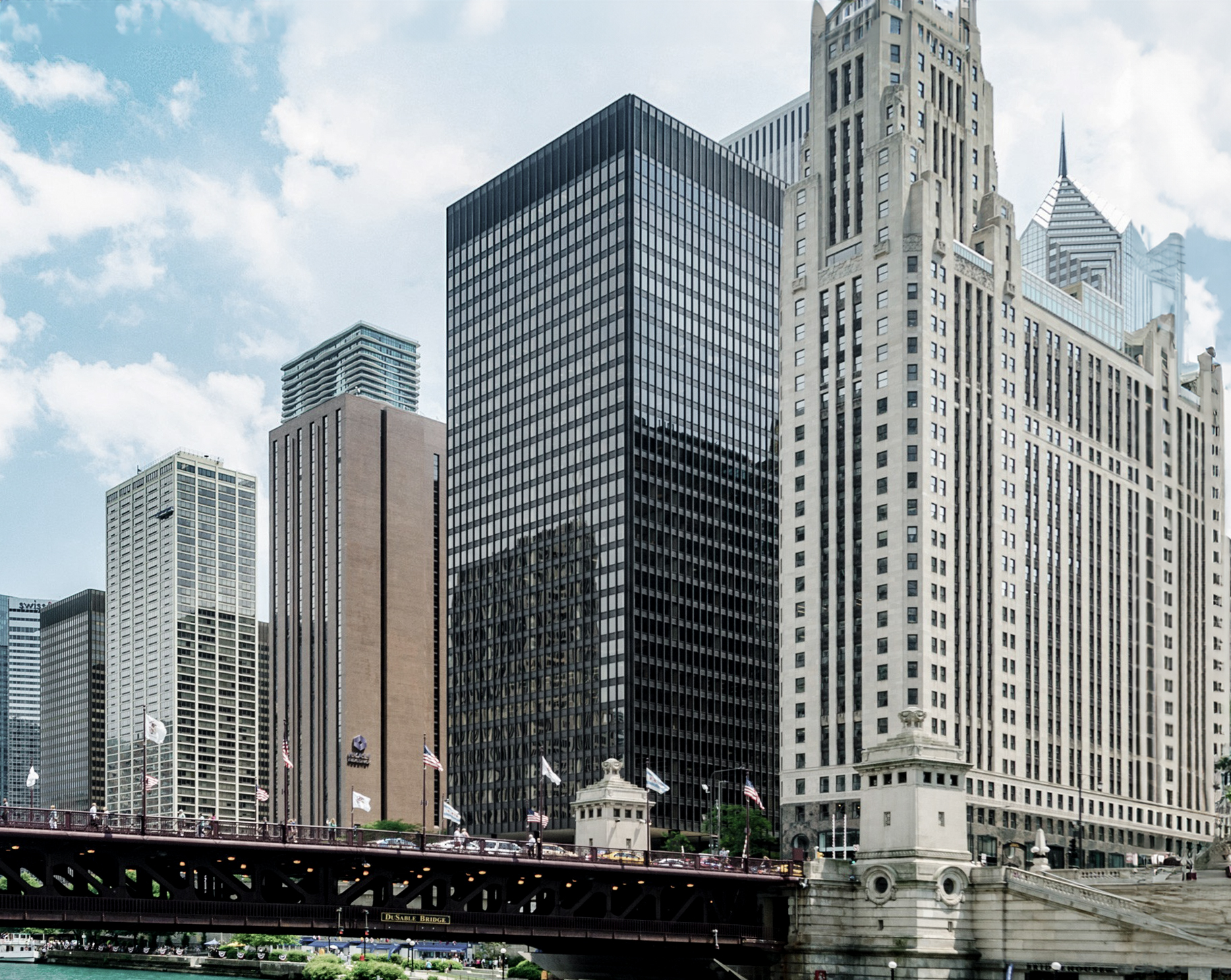
One Illinois Center
-
1970
-
Skyscraper
-
Commercial
-
International-style
-
Chicago
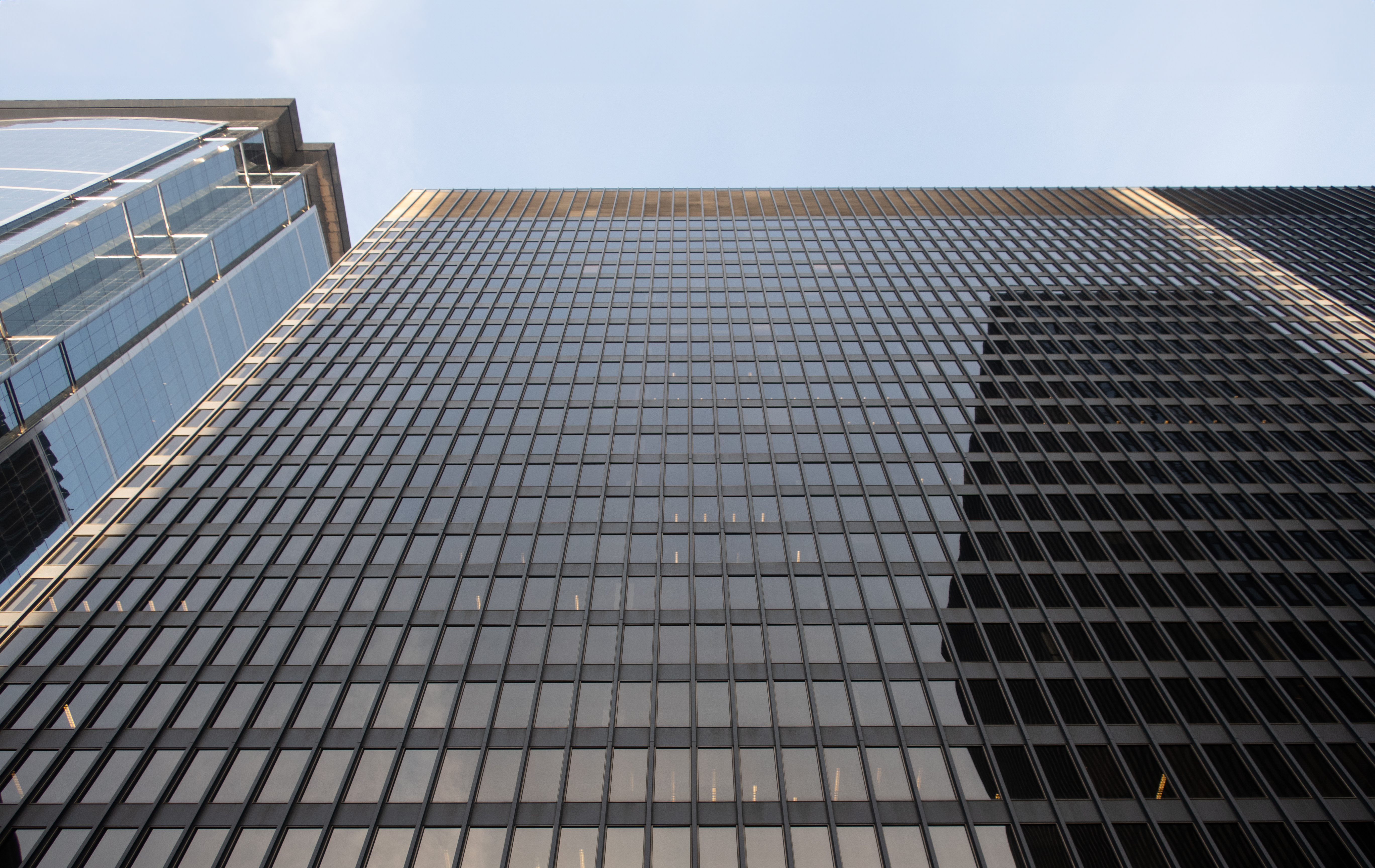
Everett McKinley Dirksen U.S. Courthouse
-
1964
-
Skyscraper
-
Governmental
-
International-style
-
Chicago
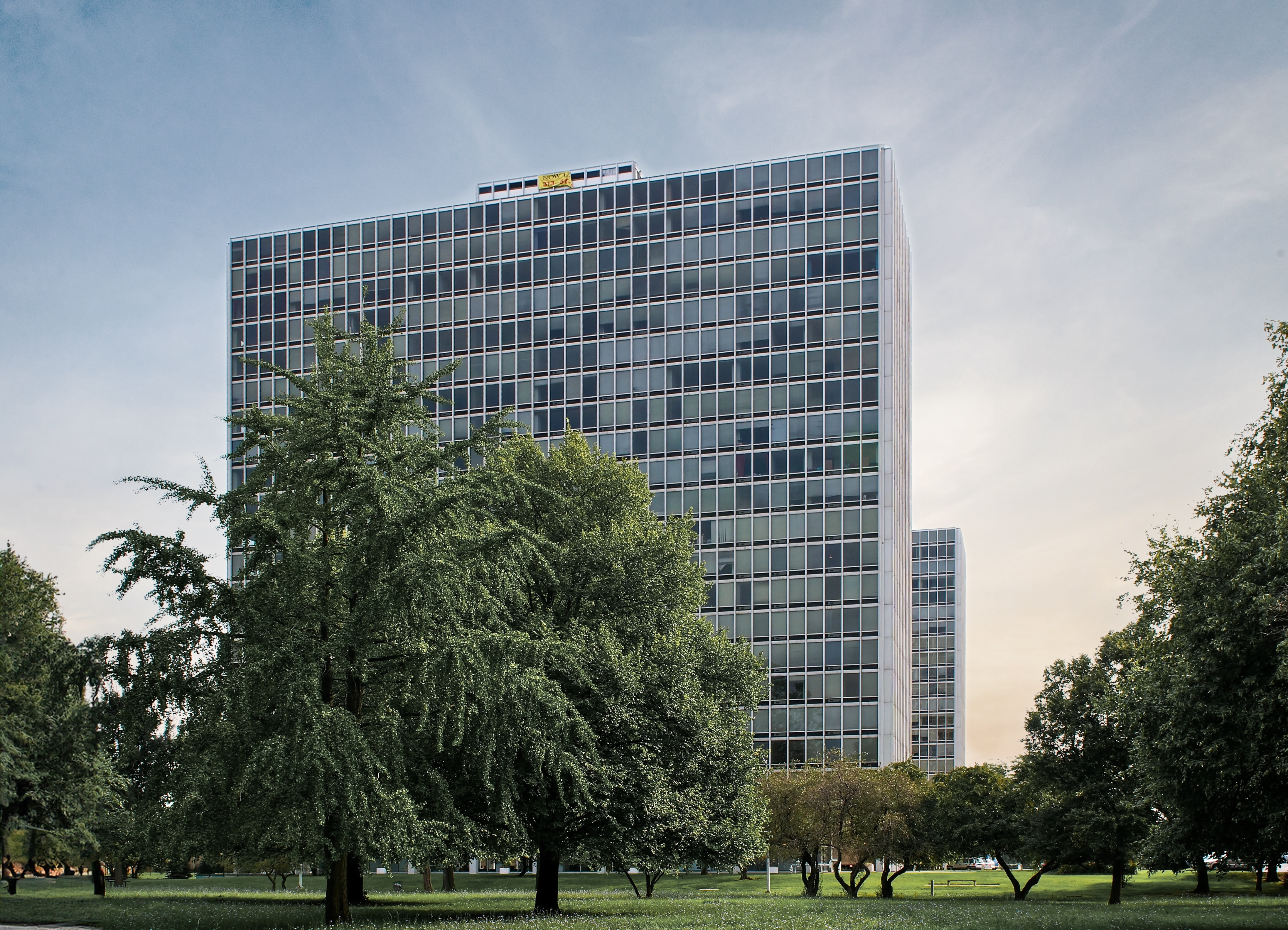
Lafayette Apartment Towers
-
1963
-
Skyscraper
-
Residential
-
International-style
-
Detroit

2400 Lakeview Apartments
-
1963
-
Skyscraper
-
Residential
-
International-style
-
Chicago

One Charles Center
-
1962
-
Skyscraper
-
Commercial
-
International-style
-
Baltimore

Colonnade Park Apartments
-
1960
-
Skyscraper
-
Residential
-
International-style
-
Newark
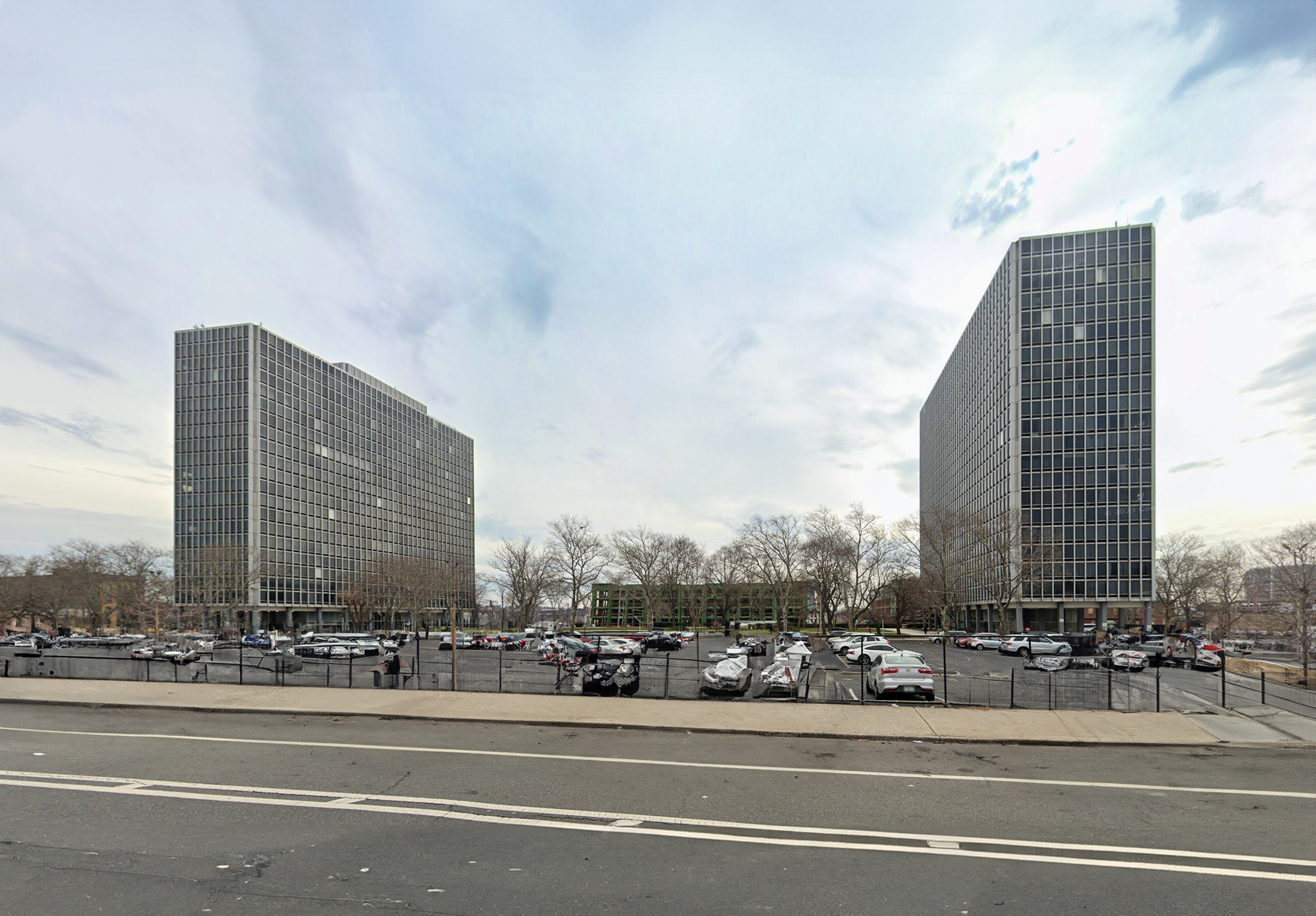
Pavilion Apartments
-
1960
-
Skyscraper
-
Residential
-
International-style
-
Newark
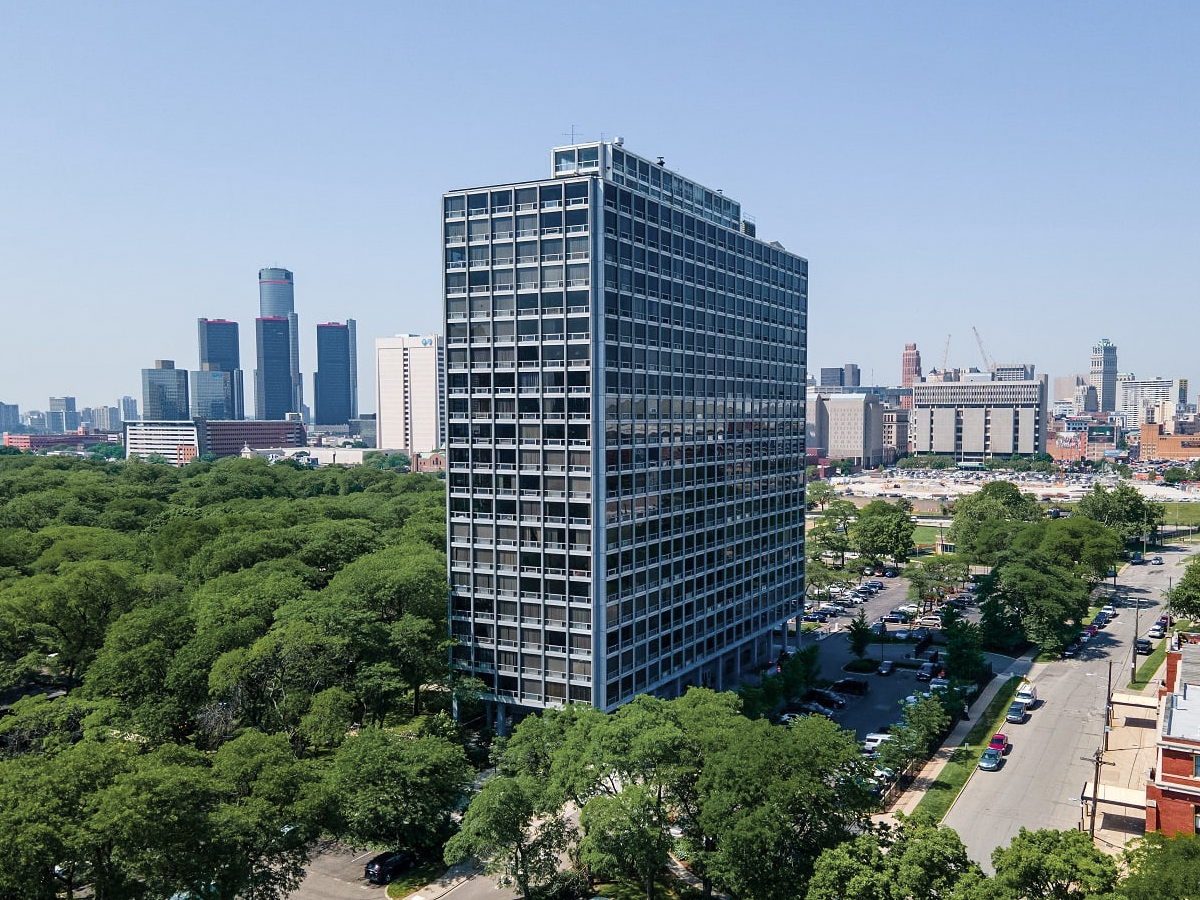
Lafayette Pavilion Apartments
-
1958
-
Skyscraper
-
Residential
-
International-style
-
Detroit

Seagram Building
-
1958
-
Skyscraper
-
Commercial
-
International-style
-
New York
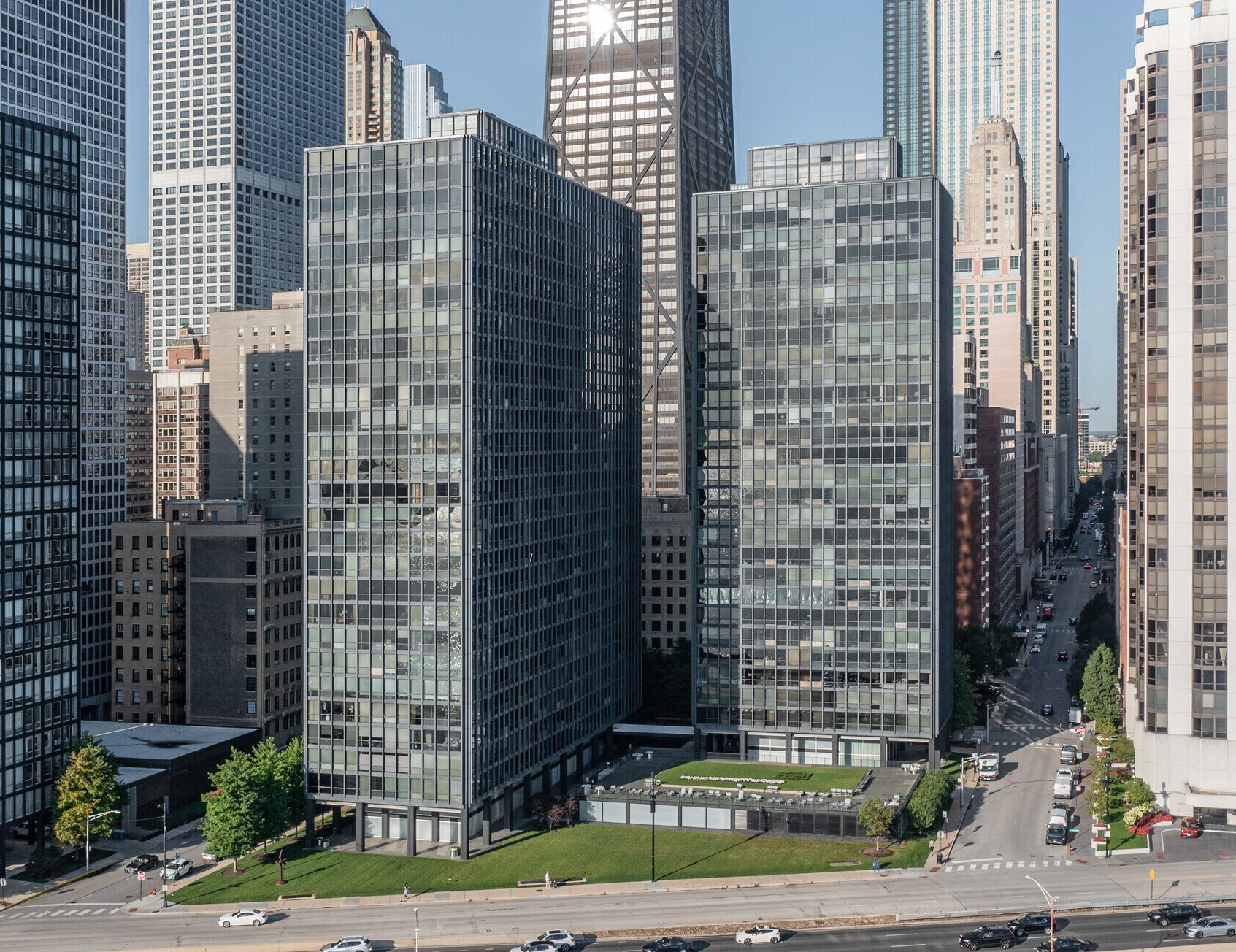
900-910 North Lake Shore
-
1956
-
Skyscraper
-
Residential
-
International-style
-
Chicago

Commonwealth Promenade Apartments
-
1956
-
Skyscraper
-
Residential
-
International-style
-
Chicago
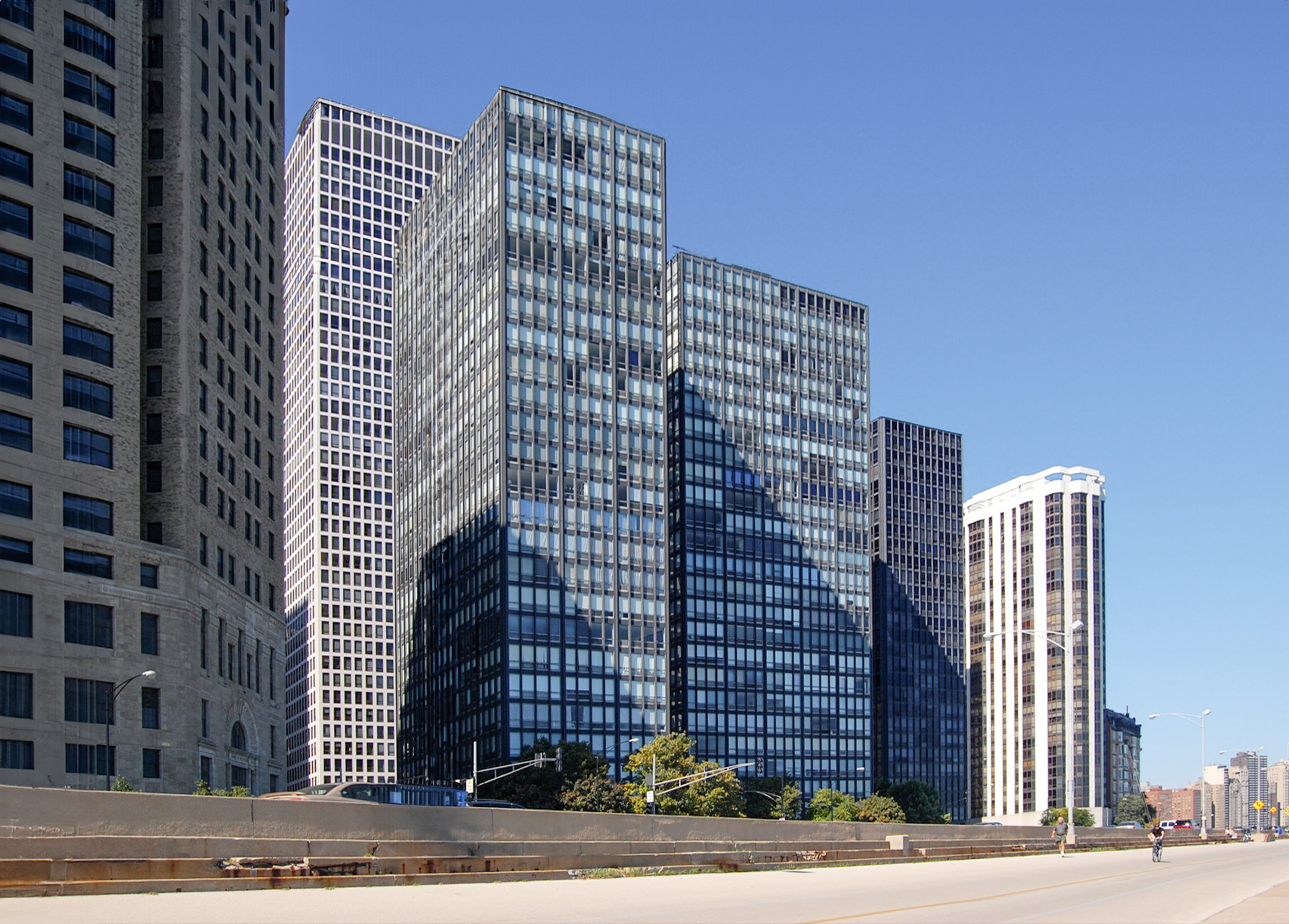
860-880 Lake Shore Drive Apartments
-
1951
-
Skyscraper
-
Residential
-
International-style
-
Chicago
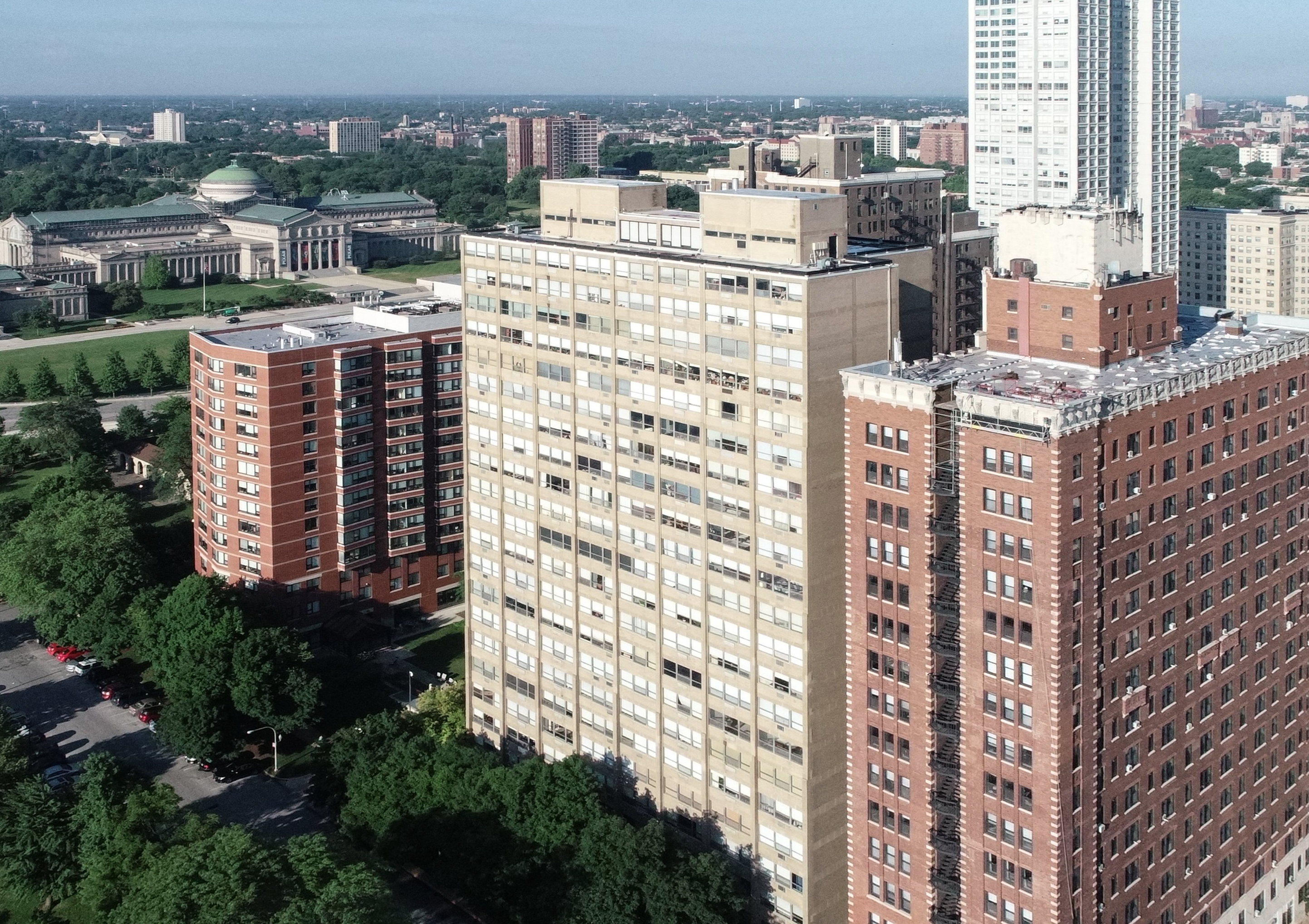
Promontory Apartments
-
1949
-
Skyscraper
-
Residential
-
International-style
-
Chicago